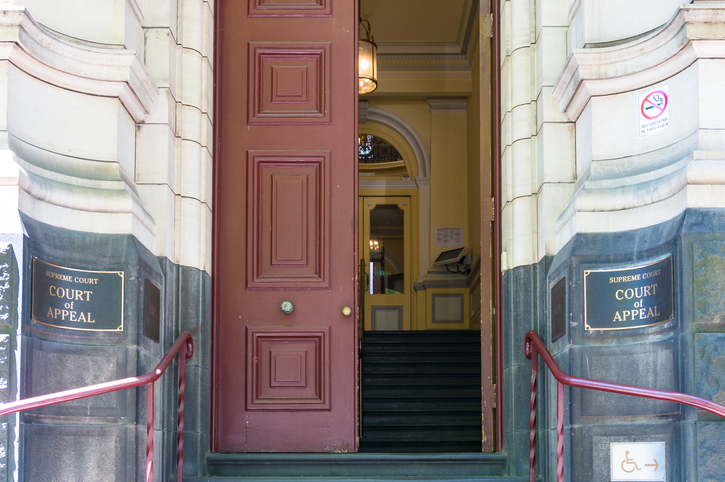by Tenielle Hagland, Research Program Manager, Legal Services Research Centre
Our recent paper which measured attitudes towards courts and lawyers allows us to understand what is working in the justice system, what isn’t, and how we might make progress in tackling perceived (or real) inaccessibility.
Our findings not only showed how to measure inaccessibility; they also showed how both first and second-hand experience of courts and lawyers influenced perceptions. Our findings also highlighted the importance of positive experiences in courts and with lawyers as positive experiences enhanced perceptions of accessibility.
Good legal practice is accessible practice. Making services accessible enhances equality, while addressing perceptions of inaccessibility enhances equity, so that more people feel empowered using legal systems to help them solve their problems.

Image credit: Katharina13
We are delighted to have had an article published in the Journal of Empirical Legal Research which outlines these findings.
This article, authored by Professor Catrina Denvir, Professor Nigel Balmer, Professor Pascoe Pleasence and Tenielle Hagland describes in detail the technical development of two scales to measure the Perceived Inaccessibility of Courts (PIC) and of Lawyers (PIL).
Subscribe now to receive latest news from the Legal Services Research Centre

